
Imari porcelain & ware from Arita, Japan
Arita is a region situated North of Kyushu island in Japan. It is a region renowned for its porcelain making craft for centuries.
Imari porcelain as it is known around the world, a name attributed to the historical sea port once used for shipping these precious white porcelains to the outside world, reached its peak of popularity among the porcelain collectors of European royalty families in the 18th century.
Arita in Kyushu is a plain surrounded by mountains on all sides. The area is particular suited for porcelain making because of its special volcanic clay.
A special ingredient called Kaolinite 高岭土 is needed in the clay to make high quality white porcelain. And like the kaolinite-rich soil of Jing De Zhen (another World famous porcelain making city of China), Arita’s volcanic sediment formed by extreme pressure exerted by two colliding tectonic plates create natural Kaolinite within the already impurity-free volcanic soil.
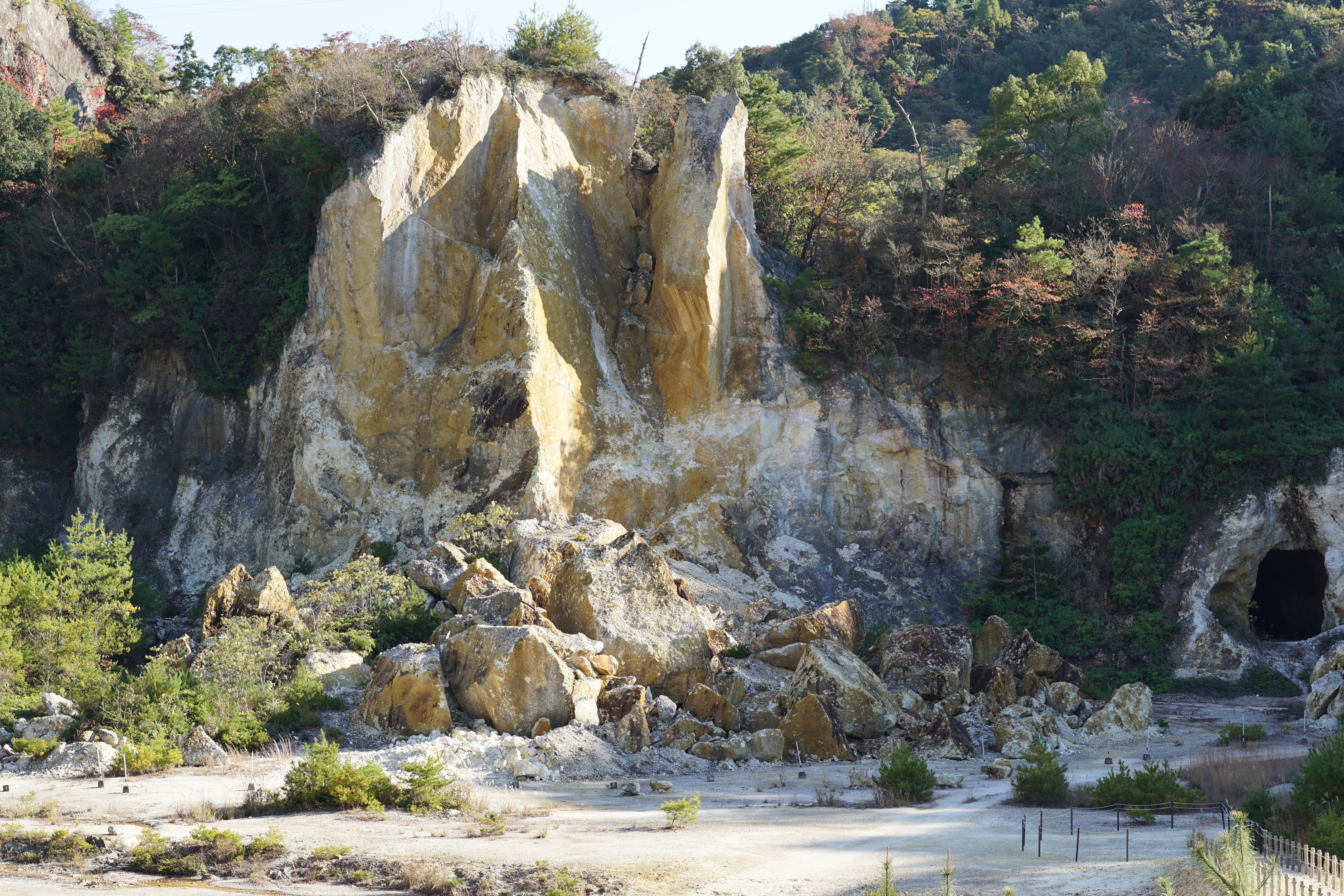
(Photo: an old historical excavation site for volcanic clay in Arita. Kaolinite rich soil has characteristic yellow-brown colour)
Using hydraulic powers from nearby river water wheels, the local craftsmen were able to grind these rocks into softer clay form to transform into different forms and shapes for porcelain making.
Kaolinite alone is not enough to make white porcelain, however.
As it turns out, a special firing technic developed in China, called reduction is needed in the firing process to reduce ‘wet’ porcelain clay removing its oxygen to turn into white porcelain.
At the beginning, Old Imari porcelain was influenced significantly by Jing De Zhen porcelain and followed the ‘Qing Hua 青花’ artistic style (also known in Japanese as ‘Sometsuke 染付’). In this style, blue celadon coloured motifs are beautifully painted onto white porcelain base.
Through the reduction firing process, cobalt oxide of the blue celadon paint is reduced, turning from cobalt oxide to cobalt, revealing its characteristic blue hues.
Subsequently, the Imari porcelain received much attention after exhibiting in the Paris Expo in 1800s, and the Dutch East India company traded most of these Old Imari porcelain into Europe. To cater the local market in Europe, the style and decorations of Imari changed from the Qing Hua style to more extravagant styles incorporating gold and other colourful patterns.
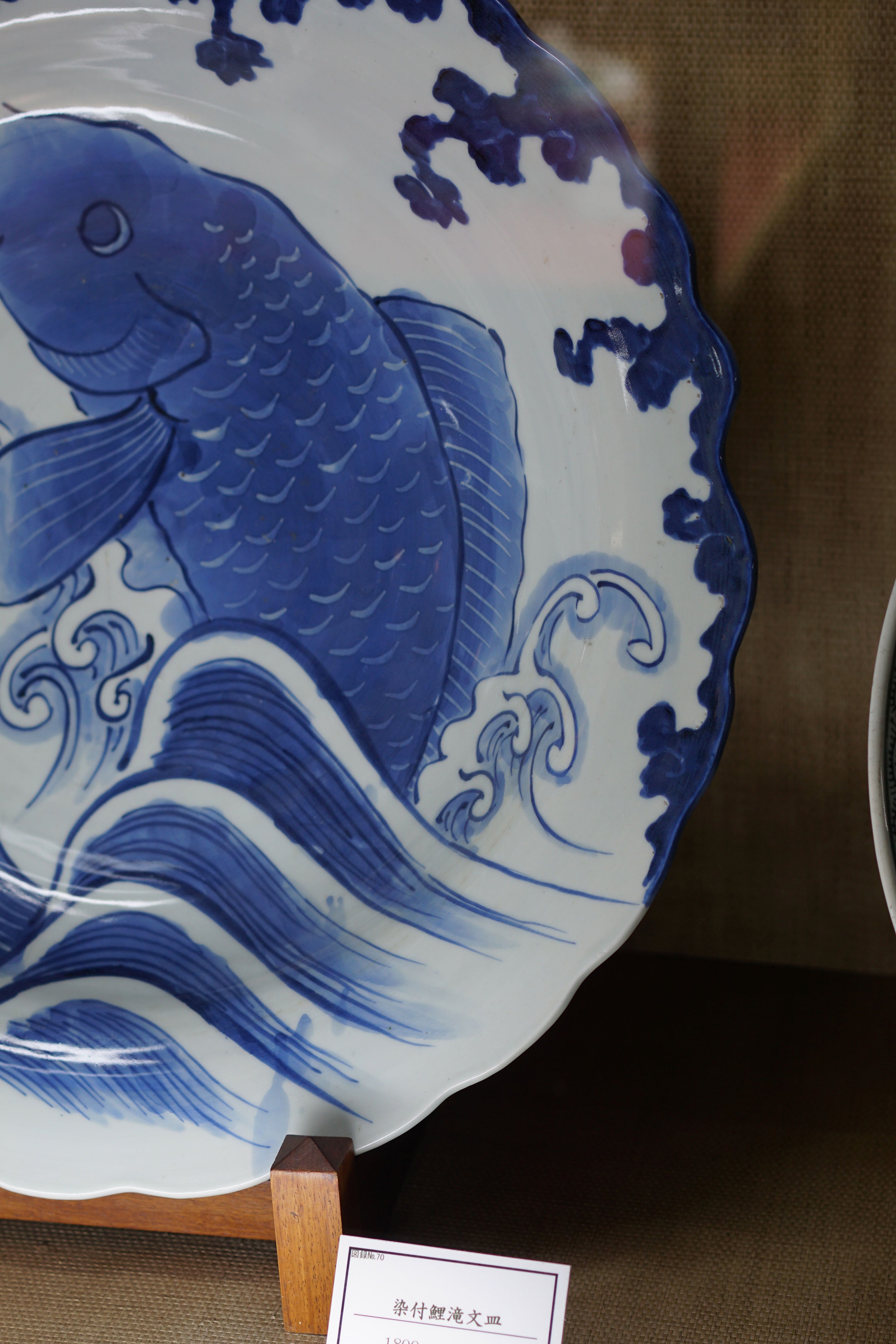
(Photo: the blue colour of motif comes from cobalt oxide, which is closer to black colour when painted, and turns to blue after reduction process in firing kiln)
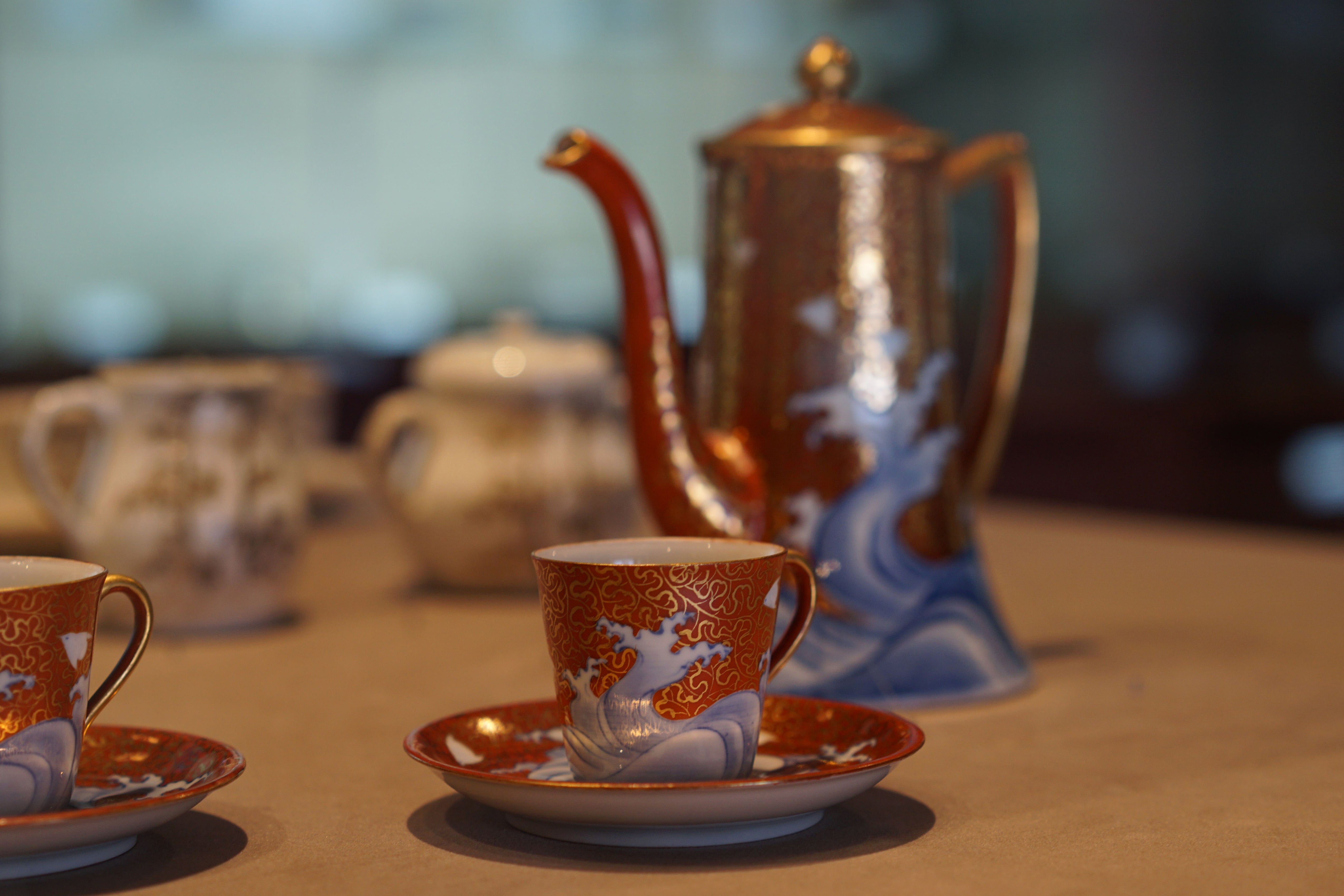
(Photo: exporting style of Imari porcelain changed to gold and other colourful patterns)
Today, long gone are the days of exporting Old Imari porcelain to European royalties, but there are still handful of studios and craftsmen in Arita town continuing the tradition of craft. We caught up with Mr. Moronuma, who is the master porcelain maker at the local Arita kiln.
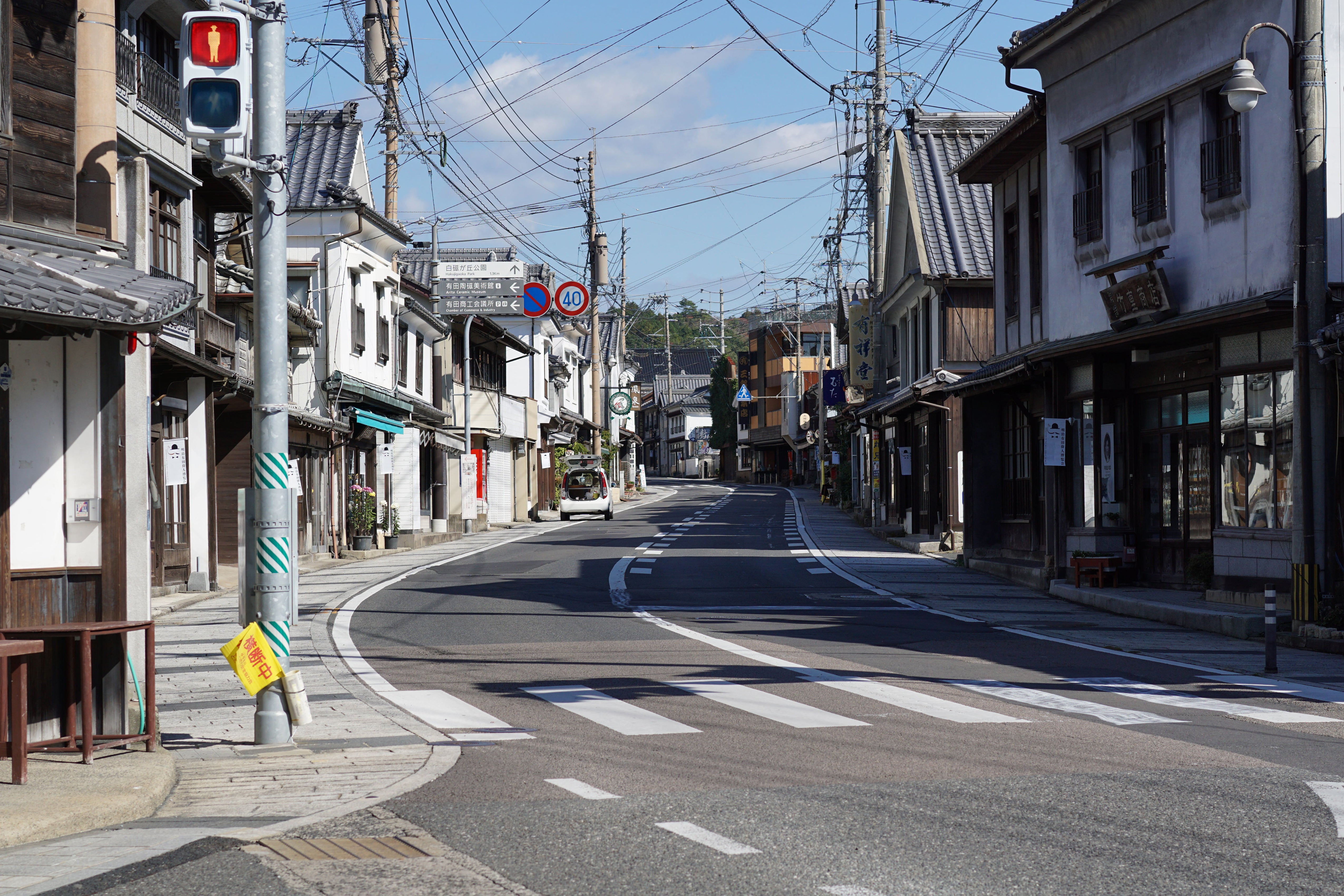
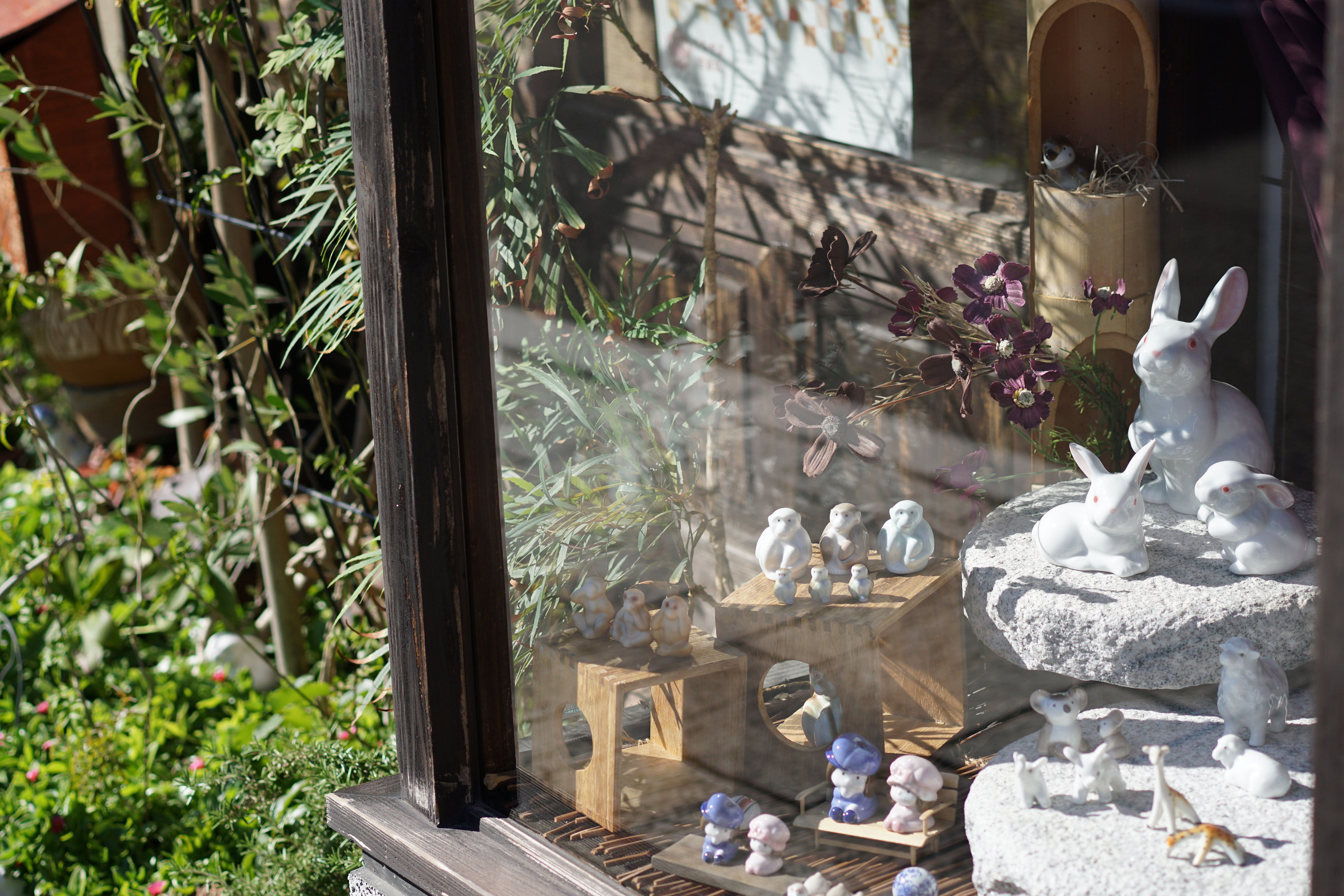
(Photos: walking along the historical Arita town of porcelain)
Moronuma san is a fourth generation of pottery craftsman in his family. His grandfather used to make large decorative Imari porcelain vase and plates, and sold them to American forces staying at nearby base as he recalls.
Today, these large plates are much harder to make using the modern kiln or ‘Kama’ as they are known in Japan. The old kama constructed with traditional bricks and clay had better heat retention properties. Nowadays, plates pass certain size are prone to crack after firing due to even small fluctuations in temperature in the kiln.
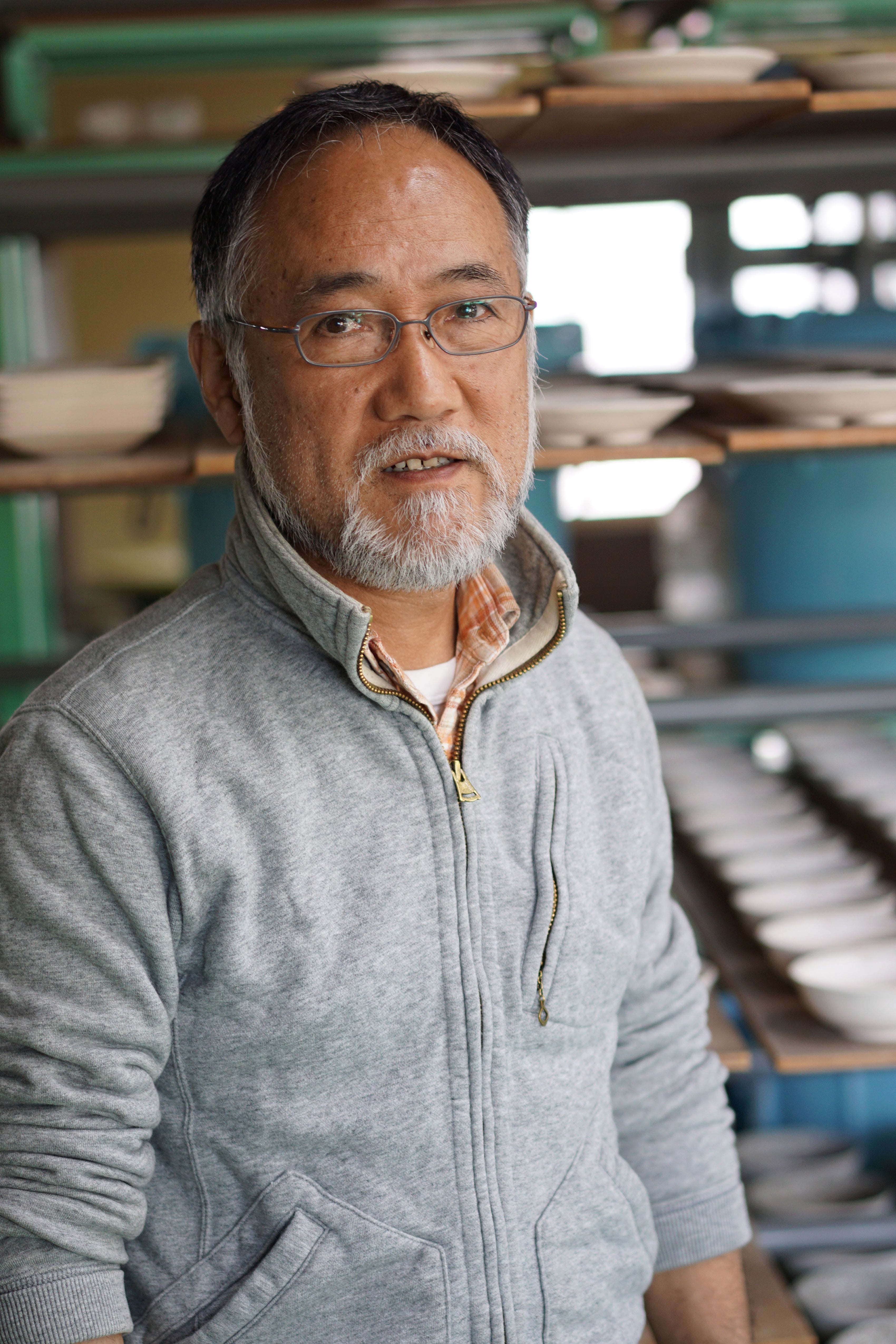
(Photo: Mr. Moronuma at his pottery studio in Arita)
Inheriting and continuing the craft of Imari porcelain making had not been on Moronuma san personal plan, as it turns out. In fact, he studied abroad as a student and made a living in America before eventually coming back his hometown of Arita.
Combining oversea influences with modern Japanese artistic sense, his pottery studio is full of interesting designs and motifs.

(Photo: Moronuma san working on the wet clay for making Imari porcelain. The wet clay has to be dried slowly in air before being shaped into desired form)
Here is an example. The motif was inspired by the Persian temple inscription found on pillars and windows. Painted with traditional Sometsuke style, this bowl beautifully infuses two contrasting cultures and artistic styles.

(Photo: a photo of sometsuke Imari porcelain, painted with Persian inspired motif)
Interestingly, the development of ‘Qing Hua’ style or ‘Sometsuke’ style of porcelain would not have been possible without Persia. Cobalt oxide, as it turns out, was a precious ingredient that can be only obtained by importation from Persia into China, Japan in the old days.
The ancient exporting days of Old Imari may be long gone, but the craft is certainly alive and well in this charming and close knit community of Arita town.

